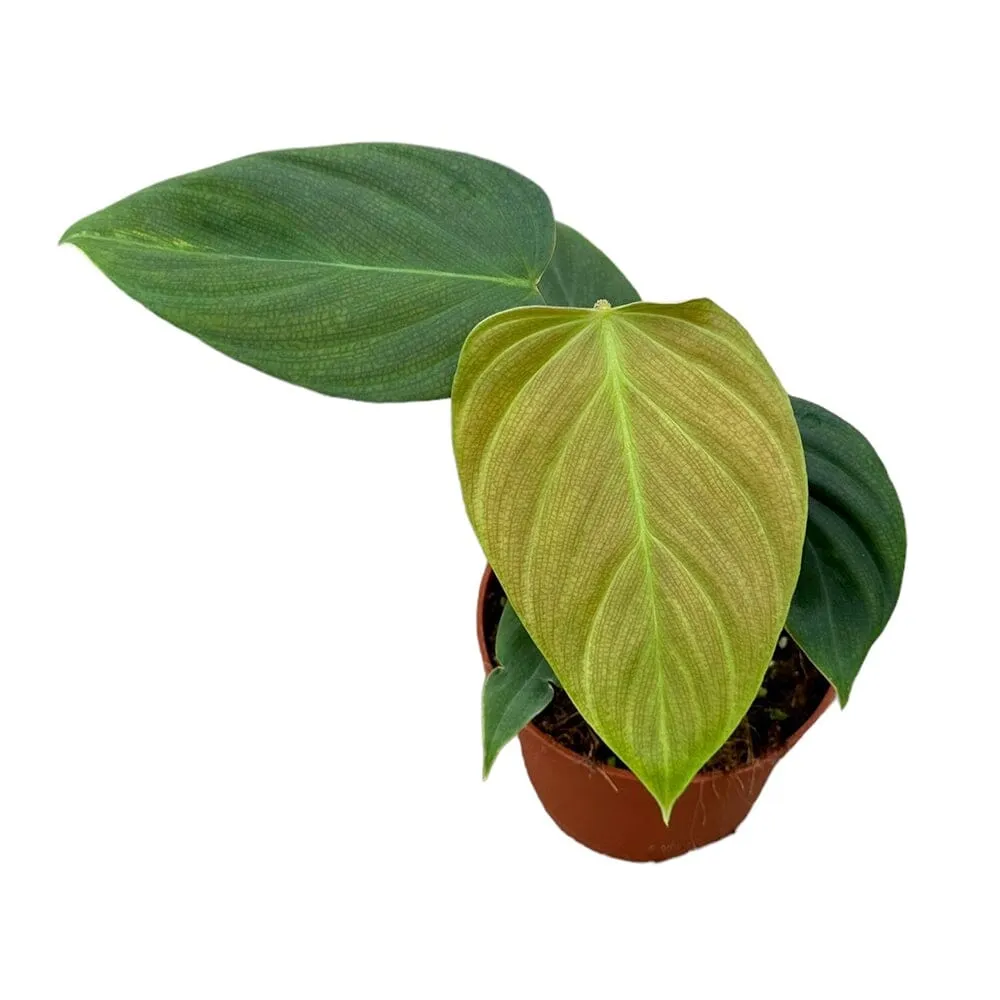Philodendron Nangaritense, also known as the Nangaritense philodendron, is a stunning tropical plant that belongs to the Araceae family. Native to the rainforests of Ecuador, this climbing vine is highly valued for its attractive foliage and easy care requirements. Its large, heart-shaped leaves with prominent venation make it a popular choice for both indoor and outdoor gardens.
Light: Philodendron Nangaritense thrives in bright, indirect light. Although it can tolerate some shade, it is crucial to provide the plant with enough light to maintain its vibrant foliage. Avoid exposing it to direct sunlight, as it can cause leaf burn.
Temperature: This philodendron prefers temperatures between 65-85¬?F (18-29¬?C) during the day and slightly cooler temperatures at night. Protect it from drafts and sudden temperature fluctuations, as they can stress the plant.
Humidity: Being native to rainforests, Philodendron Nangaritense enjoys high humidity levels. Aim for a humidity range of 50-70% to promote healthy growth. You can increase humidity by placing the plant on a pebble tray filled with water or using a humidifier.
Watering: Proper watering is essential for the well-being of this plant. Allow the top inch of soil to dry out before watering again. Overwatering can lead to root rot, while underwatering can cause the leaves to wilt. It is better to slightly underwater than overwater. When watering, ensure that excess water drains out of the pot to prevent waterlogging.
Soil: Provide well-draining soil for Philodendron Nangaritense. A mixture of peat moss, perlite, and a small amount of orchid bark or charcoal works well. This type of soil allows for adequate drainage while retaining sufficient moisture.
Fertilizer: During the growing season (spring and summer), feed the plant with a balanced, water-soluble fertilizer every 4-6 weeks. Dilute the fertilizer to half the recommended strength to avoid burning the roots. Avoid fertilizing during the dormant period (fall and winter) when the plant's growth slows down.
Pruning: Regular pruning helps maintain the plant's shape and encourages bushier growth. Trim any yellow or dead leaves, as well as leggy stems. You can also trim longer stems to control the size and shape of the plant. Use clean and sharp pruning tools to prevent the transmission of diseases.
Propagation: Philodendron Nangaritense can be propagated through stem cuttings. Select a healthy stem with at least two nodes and remove any lower leaves. Place the cutting in a glass of water or a well-draining soil mix until roots develop. Once established, transplant it into a pot with suitable soil.
Pests and Diseases: This philodendron is generally resistant to pests, but it can occasionally suffer from infestations of spider mites, mealybugs, or aphids. Regularly inspect the plant for any signs of pests and treat them with appropriate insecticides or natural remedies. Ensure good airflow and avoid overwatering to prevent fungal diseases.
In conclusion, Philodendron Nangaritense is a beautiful and low-maintenance plant that can be enjoyed both indoors and outdoors. By providing it with the right light, temperature, humidity, and watering conditions, along with occasional pruning and fertilizing, you can ensure its healthy growth and enjoy its lush foliage for years to come.















